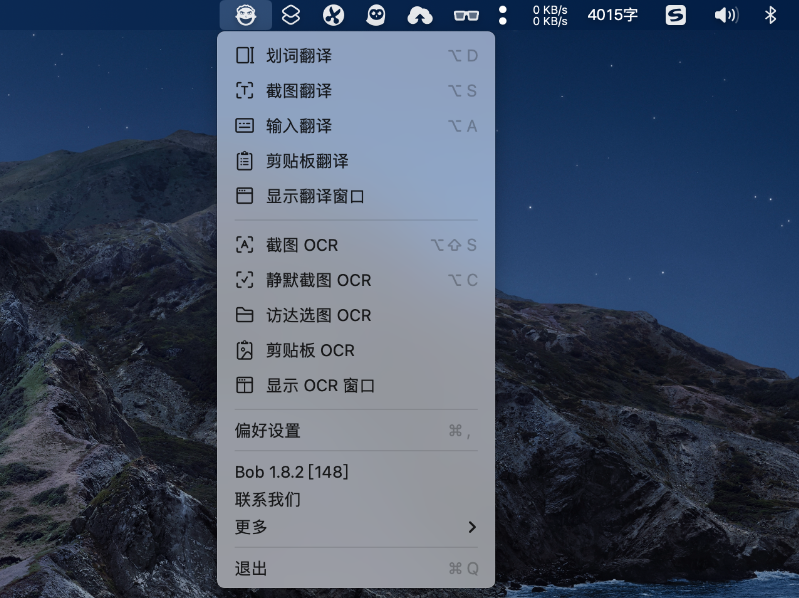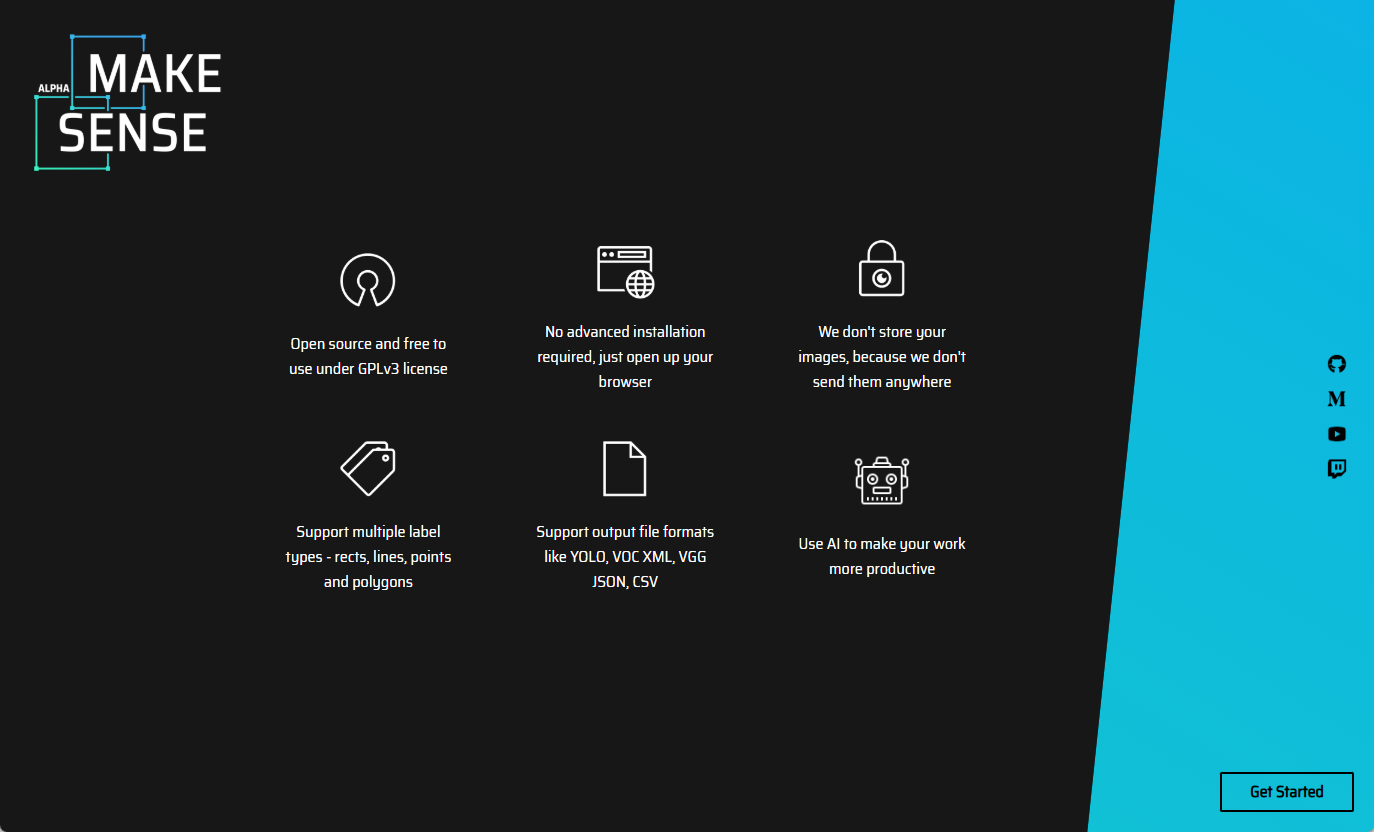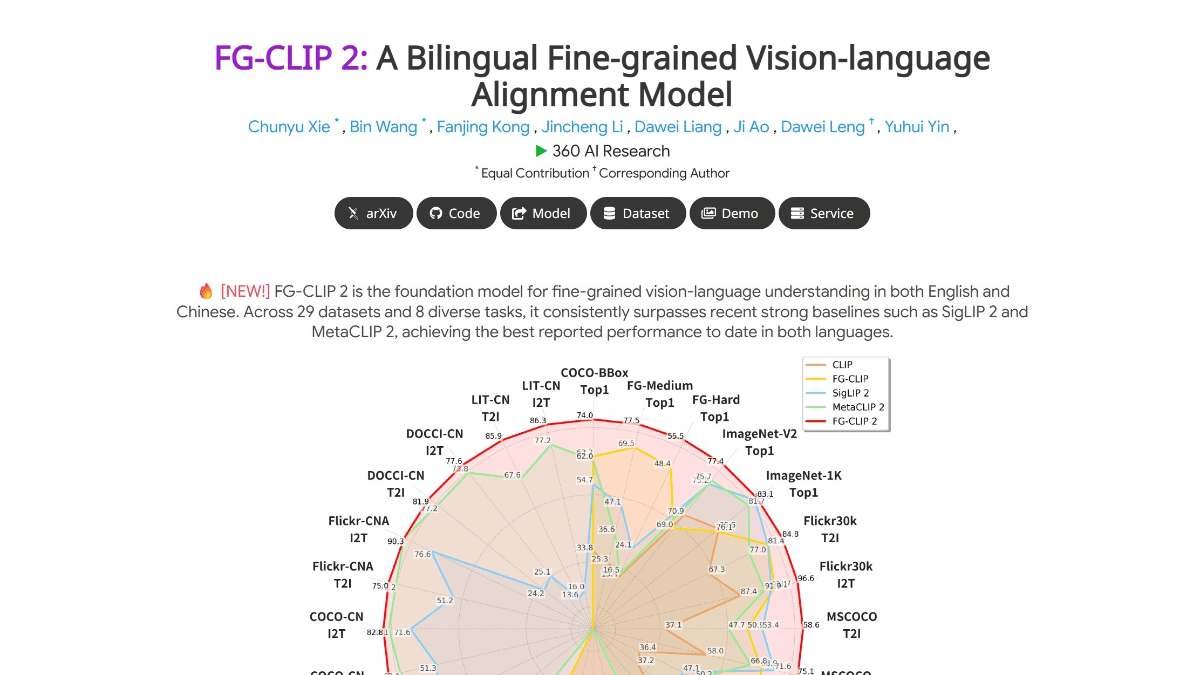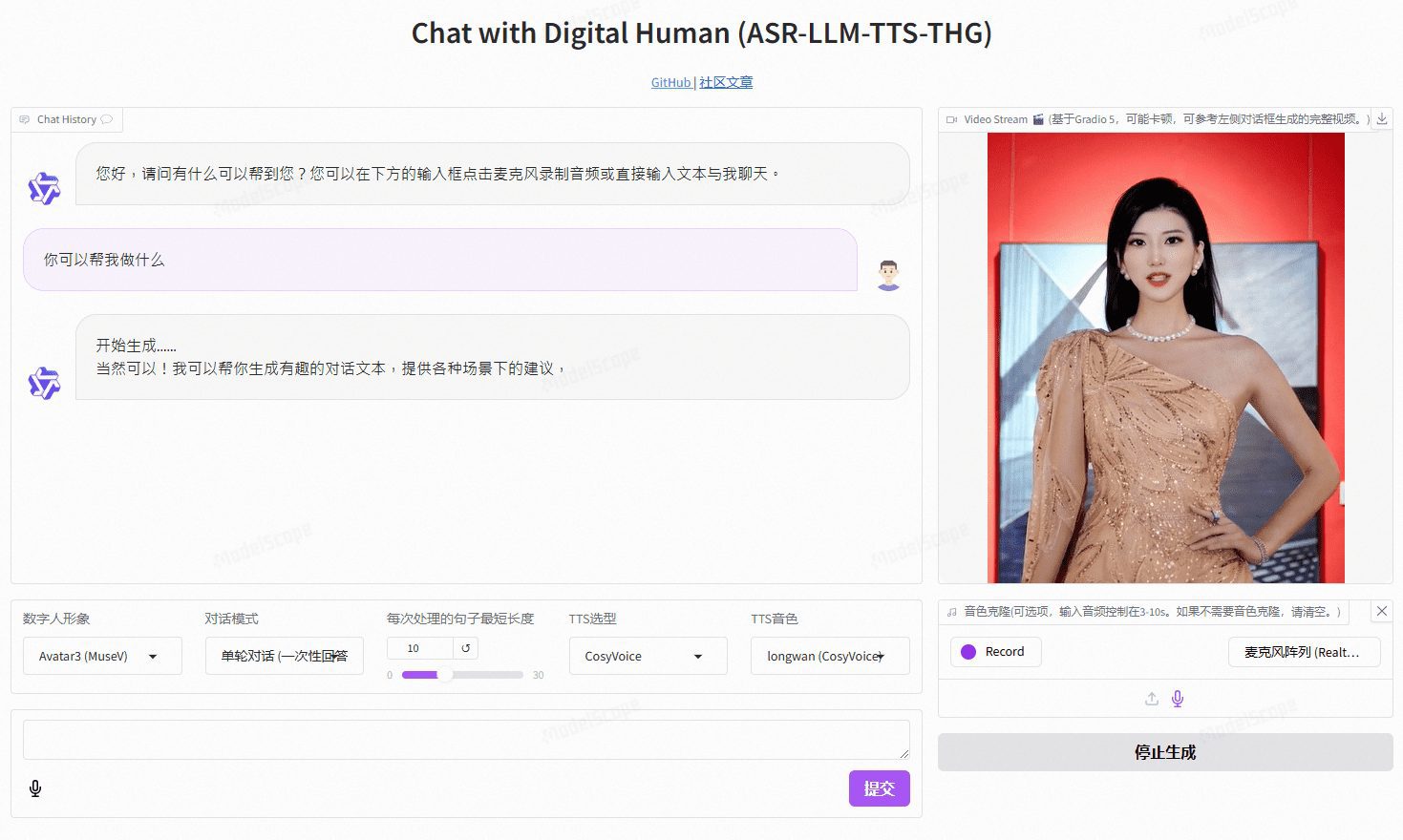Seed-X - Open Source Multilingual Translation Model Launched by ByteHopper
What is Seed-X?
Seed-X is a multilingual translation model launched by the Seed team of ByteDance, with 7 billion parameters, supporting bi-directional translation in 28 languages. The model combines pre-training with multilingual data, instruction fine-tuning, and reinforcement learning to efficiently process complex language patterns and improve translation quality.Seed-X outperforms some of the largest models in both automated and manual evaluation.Seed-X introduces a challenging test set with multilingual elements to advance translation research.Seed-X is suitable for a wide range of scenarios such as cross-language information retrieval, multilingual content creation, online education, e-commerce, and social media. Seed-X can be used in a variety of scenarios, including cross-language information retrieval, multilingual content creation, online education, e-commerce, and social media, to provide efficient and convenient translation services for users and enterprises around the world.
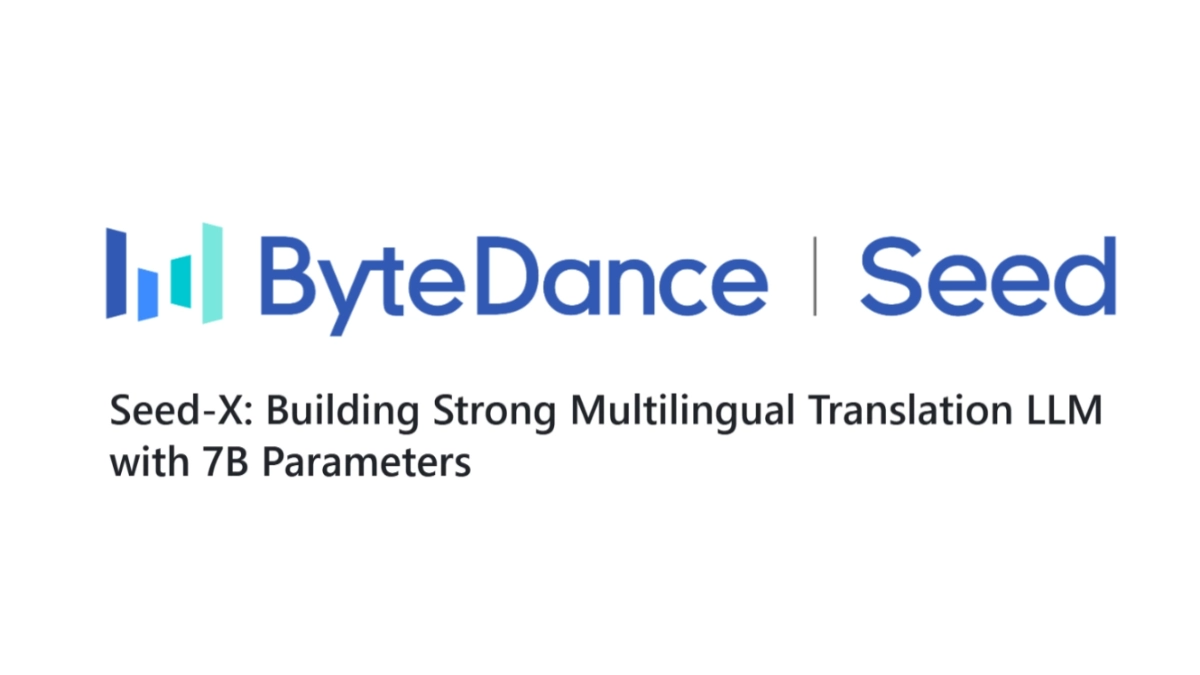
Key Features of Seed-X
- Multilingual bi-directional translationIt supports mutual translation in 28 languages, covering common languages such as English, Chinese, French, German, Japanese, Korean, etc. It can quickly and accurately complete translation tasks and meet the needs of communication between different languages.
- Multidisciplinary translation capacity: It excels in many fields such as Internet, technology, office conversation, e-commerce, biomedicine, finance, law, literature and entertainment, etc. It is able to cope with translation needs in various scenarios and provide users with professional and accurate translation services.
- Translation and Interpretation FunctionBased on the Chained Reasoning (CoT) function, Seed-X can give translation results and explain the meaning and logic of the translation to help users better understand the translated content and improve the interpretability of the translation.
- Enhanced Learning Optimization: Based on reinforcement learning to further improve translation quality and generalization ability, it performs better in dealing with complex language patterns and raw translations, and can better adapt to different language styles and expression habits.
Seed-X's official website address
- GitHub repository:: https://github.com/ByteDance-Seed/Seed-X-7B
- HuggingFace Model Library:: https://huggingface.co/ByteDance-Seed/Seed-X-PPO-7B
- arXiv Technical Paper:: https://arxiv.org/pdf/2507.13618
How to use Seed-X
- GitHub Repository Usage::
- clone warehouse: Visit Seed-X's GitHub repository to clone the code locally.
- Installation of dependencies: According to the warehouse in the
READMEfile to install the required Python packages and dependencies. - Loading Models: with Hugging Face's
transformersLibrary loading model.
from transformers import AutoModelForSeq2SeqLM, AutoTokenizer
model_name = "ByteDance-Seed/Seed-X-PPO-7B"
model = AutoModelForSeq2SeqLM.from_pretrained(model_name)
tokenizer = AutoTokenizer.from_pretrained(model_name)- translate: Enter the text into the model and get the translation.
input_text = "Hello, how are you?"
inputs = tokenizer(input_text, return_tensors="pt")
outputs = model.generate(**inputs)
translated_text = tokenizer.decode(outputs[0], skip_special_tokens=True)
print(translated_text)- Hugging Face Model Library::
- Visit Hugging Face: Find the Seed-X model directly in the Hugging Face model library.
- Online Trial: Translate text directly from the Hugging Face website, without having to configure your local environment.
- API Calls: If you need to integrate it in your own application, call it with the API provided by Hugging Face.
- Docker containers::
- Pulling a Docker image: If a Docker image is available in the repository, pull and run it based on Docker.
docker pull bytedance-seed/seed-x-7b
docker run -it bytedance-seed/seed-x-7b- Configuration and operation: Configure the port mapping and environment variables according to the instructions of the Docker image to be used after starting the container.
- local deployment::
- hardware requirement: The Seed-X model is large (7 billion parameters) and is recommended to be deployed in a GPU environment to speed up inference.
- model optimization: If you need to use it in a production environment, it is recommended to quantize or optimize the model to reduce the memory footprint and increase the speed.
Core Benefits of Seed-X
- Powerful multi-language translation capabilities: Seed-X supports bi-directional translation in 28 languages, based on high quality data pre-training and reinforcement learning, which significantly improves translation accuracy and fluency.
- Wide range of application scenarios: Covering Internet, technology, office, e-commerce, biomedical, financial, legal, literary and entertainment fields to meet the needs of a wide range of scenarios.
- Advanced Technology Architecture: A combination of pre-training + instruction fine-tuning + reinforcement learning is used to optimize translation quality and generalization ability.
- Efficient Reasoning and Interpretability: It is equipped with fast reasoning capability and explains the translation logic through chained reasoning function to enhance the user experience.
- Open Source and Community Support: The code and models are completely open source and the community provides a wealth of resources for developers to use and improve.
- Challenging Test Sets: Introducing a challenging test set covering elements in multiple languages to advance translation research.
- Flexible deployment: Supports local deployment, Docker containers, and Hugging Face APIs, adapting to different hardware environments.
Who Seed-X is for
- research worker: The need for cross-language searching of literature, scholarly communication or multilingual research.
- content creator: Self-published authors, bloggers, etc., translate content into multiple languages to expand international audiences.
- educator: Online education platforms, teachers, etc., translate teaching content into different languages to facilitate learning for students worldwide.
- e-commerce practitioner: Cross-border e-commerce platforms, sellers, etc., translate product descriptions, customer service dialogues, etc. into multiple languages to enhance the shopping experience of international users.
- Social Media Operators: Translate content into multiple languages to expand the reach and impact of the content.
© Copyright notes
Article copyright AI Sharing Circle All, please do not reproduce without permission.
Related posts

No comments...

